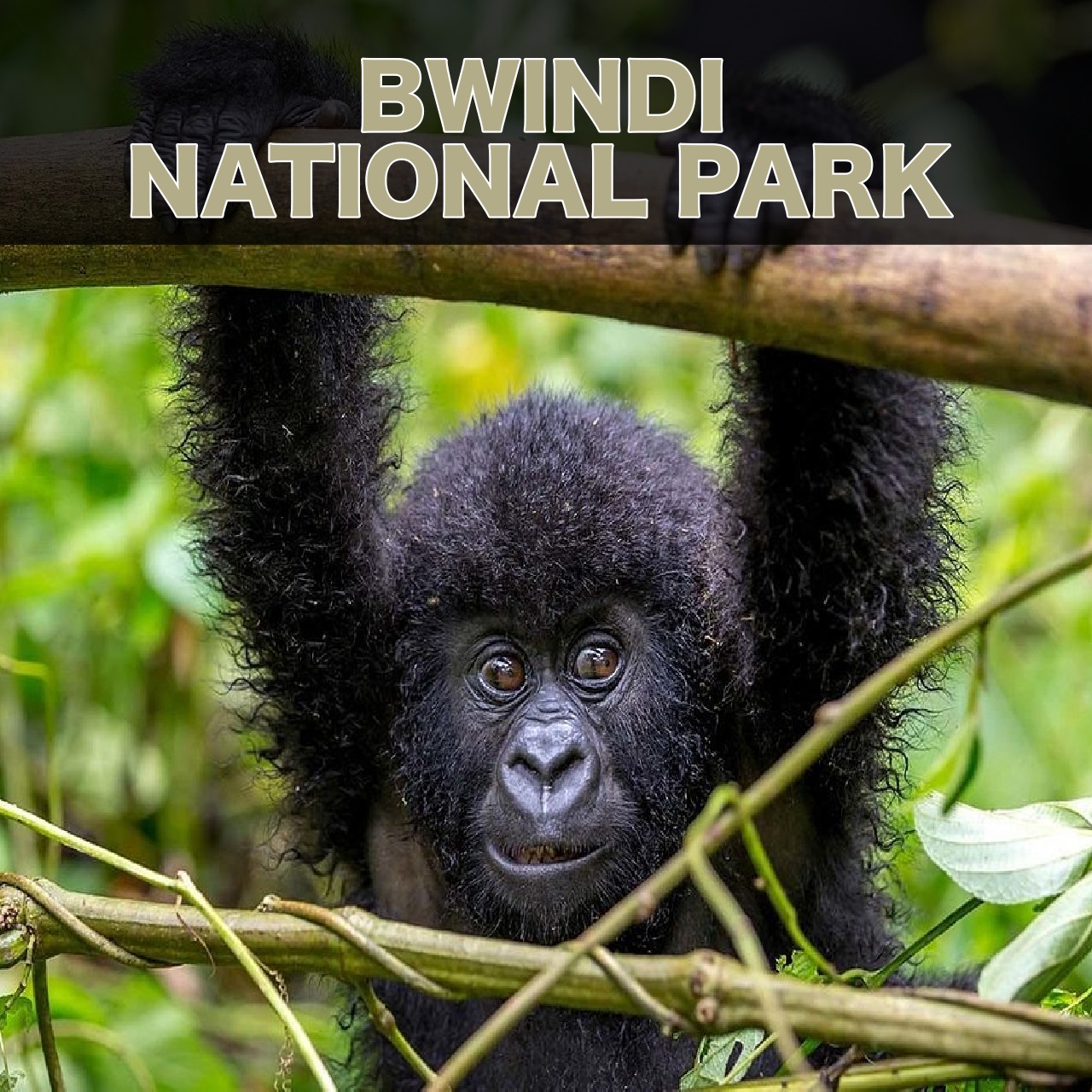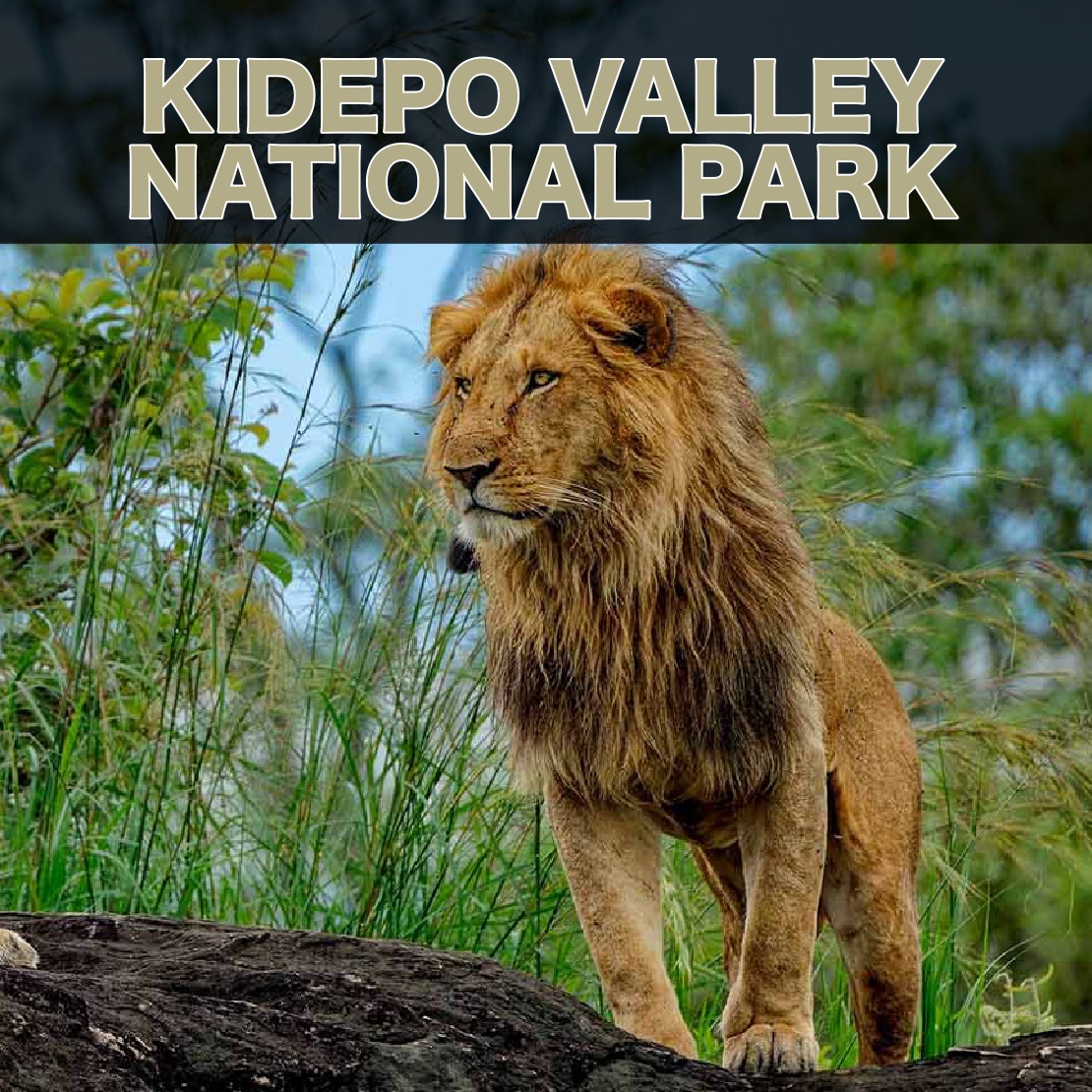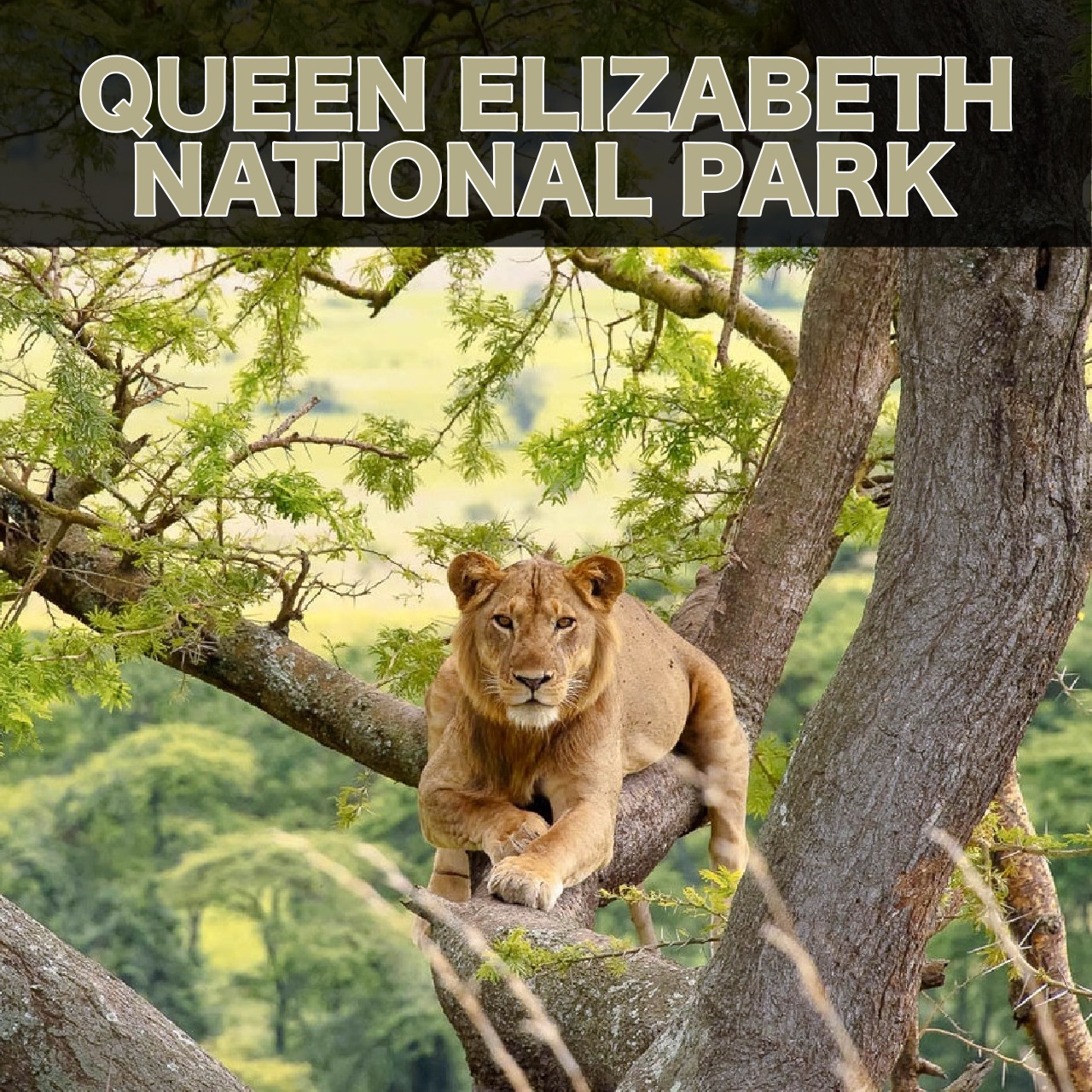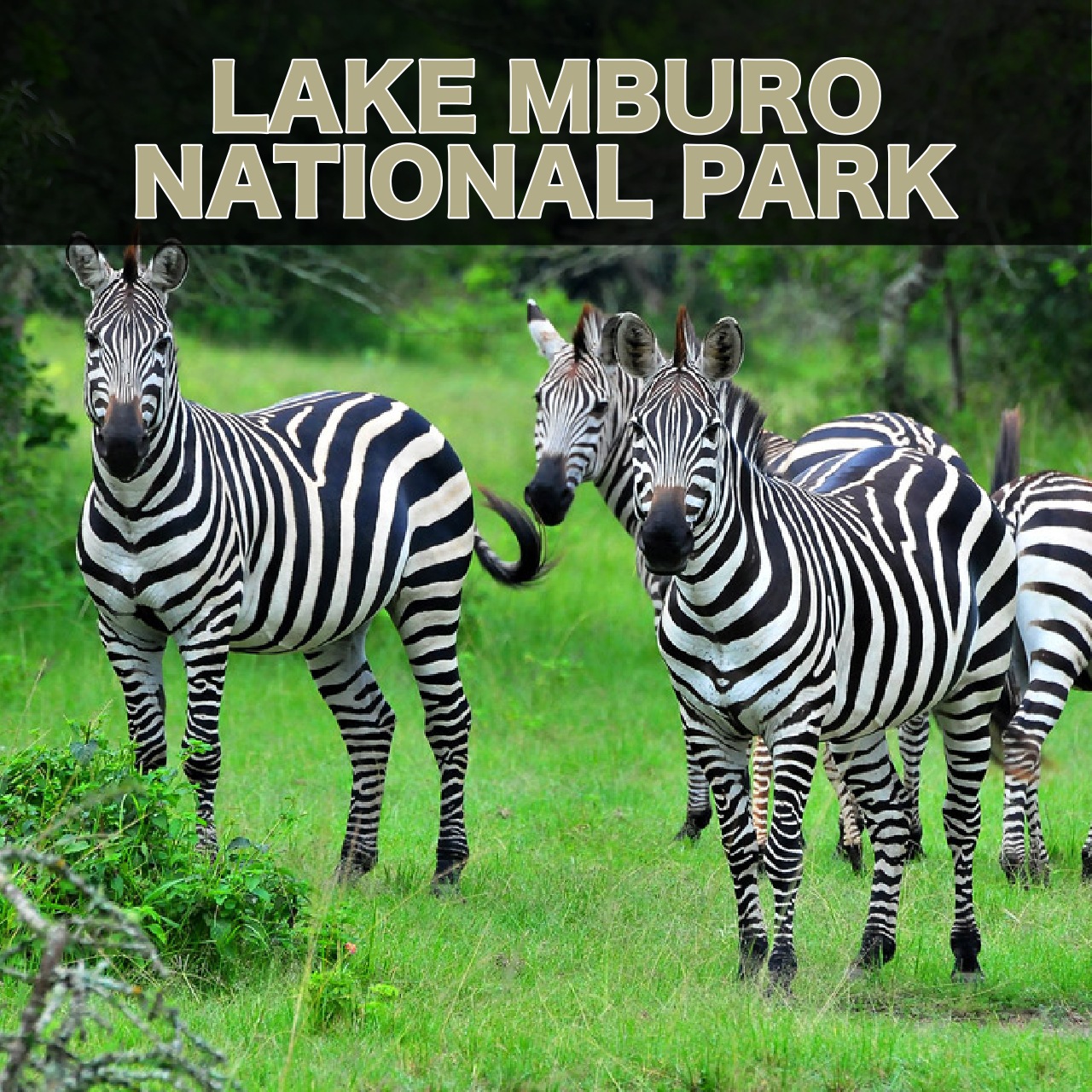QUEEN ELIZABETH NATIONAL PARK
QUEEN ELIZABETH NATIONAL PARK
Boasting not only for its irresistible beauty, Queen Elizabeth National Park is one of the most biodiverse African safari destinations in Uganda. The park’s beauty is commanded by the lush forests, waterscapes, and grasslands. It is the most famous Uganda safari destination offering unmatched wilderness experiences to all nature lovers.
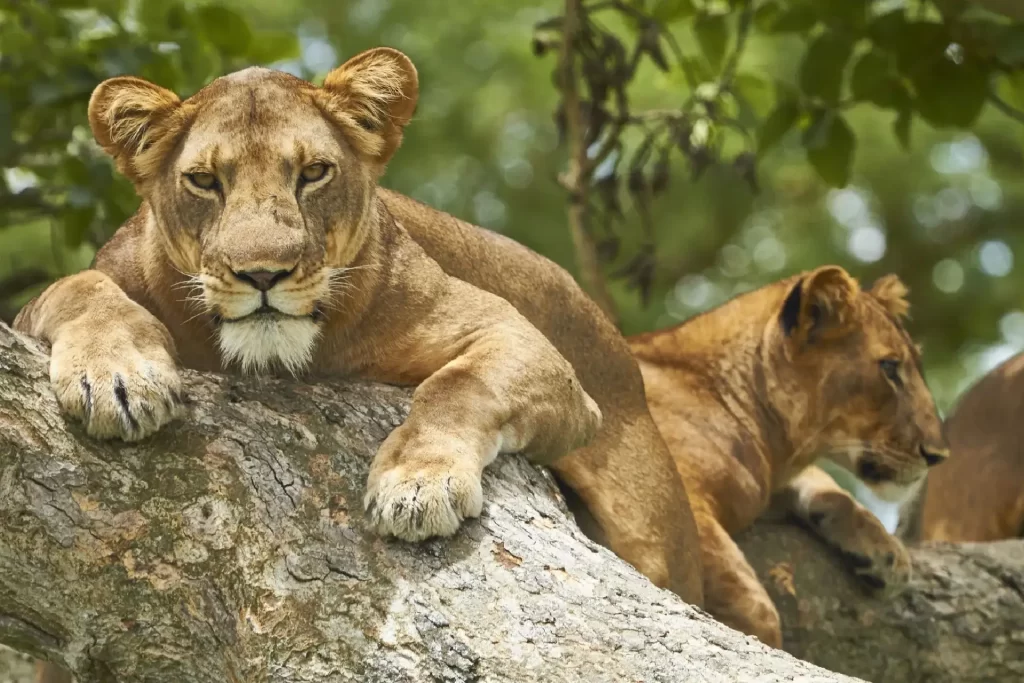 Location, size and altitude
Location, size and altitude
Gazetted in 1952, Queen Elizabeth National Park is one of the parks that lies astride the Equator crossing. The park is found in the far Western side of the country and spans up to 1978sq.km. It is one of the recognized UNESCO Man biosphere reserves in Uganda and takes its name from Queen Elizabeth II. Previously referred to as Kazinga National Park, the present Queen Elizabeth NP is set at an altitude of 884 and 1337m. The park’s landscape is 100% distinct featuring vast lakes, rainforests, Albertine rift valleys, savanna grasslands and wetlands, etc.
This extensive protected area encompasses wilderness areas such as Kigezi Game Reserve, Maramagambo Forest Reserve, Katwe Explosion Craters, Mweya Peninsula, and Kazinga channel. Queen Elizabeth Park is suitably lying in an area surrounded by other spectacular protected areas like Semuliki National Park, Kibale and Rwenzori Mountains National Park.
Vegetation
Priding itself of stunning landscapes, Queen Elizabeth Park holds up to five vegetation zones/levels. These include Lakeshores, acacia woodlands, swamp vegetation, bush grassland and forests.
Wildlife species of Queen Elizabeth Park
Estimated population of about 95 mammal species survive in the varied habitats of Queen Elizabeth NP. Diversity of these species can be spotted on normal game drive safaris or boat cruise. The park’s diverse animal species include hippos, African bush elephants, leopards, lions, buffaloes, bushbucks, waterbucks, crocodiles, banded mongoose, warthogs, Uganda Kobs, and others. The park also supports a significant primate population including the olive baboons, red-tailed monkeys, black and white colobus monkeys, etc.
Bird species
Queen Elizabeth NP alone protects a total of about 620 species of birds. These consist of terrestrial and aquatic species. The birds to be identified on bird watching excursion in this protected area include the blue-napped mouse birds, the white-tailed lark, African wattled plovers, black-bellied bustards, handsome francolins, pink-backed pelicans, yellow-throated cuckoos, Nubian woodpeckers, grey-kestrel, slender-tailed nightjars, African hobby, papyrus canary, brown snake eagle,
Double-toothed barbets, black lored babblers, hooded vultures, African skimmers, red-chested sunbird, saddle-billed storks, swamp flycatchers, palm-nut vultures, collared pratincole, shoebill storks, pygmy kingfishers, Caspian plovers, to mention but a few.
Safari Activities to do in Queen Elizabeth Park
Game drives
Game drives are Queen Elizabeth NP premier experiences. These typically enrich nature enthusiasts with wilderness experiences. Visitors can embark on the morning or afternoon game drives through the designated game tracks such as Kasenyi on the Northern side and Ishasha in the Southern part. The normal game drives through these game drives last for 2-3 hours and come with great opportunities to spot wildlife such as spotted hyenas, waterbucks, warthogs, lions, buffaloes, reedbucks, elephants, bushbucks, and many others.
 Launch/boat cruise
Launch/boat cruise
A boat cruise is another special excursion awaiting you to be part while in Queen Elizabeth NP. This allows you look out for aquatic species including hippos, Nile crocodiles, and birds. The Kazinga channel is an area of interest when it comes to all boat or launch cruise excursions, a natural channel that links Lake George and Edward.
Chimpanzee trekking/tracking
Chimpanzees are amazing primates and special attractions that you should consider a must to explore on Uganda safaris in Queen Elizabeth Park. More than 10 species of primates all exist within the rainforest of this park, specifically in Maramagambo Forest Reserve, and Kyambura Gorge. Unlike Maramagambo Forest, Kyambura Gorge is where chimpanzee treks are done since it has already habituated chimp communities. While on a search for chimps, you can come across different primates including the grey-cheeked mangabeys, blue monkeys, olive baboons, l’hoest monkeys, black and white colobus monkeys, etc.
Bird watching
Bird watching tours in Queen Elizabeth Park are a great chance for birders to search for both terrestrial and aquatic species. The expected avifaunal species to locate in Queen Elizabeth NP include the long-tailed cormorants, martial eagles, red-shouldered cuckoo-shrikes, flamingos, long-crested eagles, black-rumped buttonquail, Egyptian geese, Caspian plovers,
African green pigeon, yellow-billed storks, white-tailed larks, African skimmers, fish eagles; saddle billed storks, African jacanas, and more. The main area to consider for bird watching excursions in this protected area include Maramagambo Forest, Kasenyi plains, Kyambura gorge, Mweya Peninsular, Katunguru bridge and others.
Lion trekking
This is a rare wildlife experience offering visitors a remarkable chance to explore in depth about lion behaviors while in the wild. It is carried out along Kasenyi Plains, the Northern section of the park.
Balloon excursion
Hot air balloon excursions are a great chance for visitors to enjoy aerial views of Queen Elizabeth NP wildlife and stunning landscape. Float above the park’s trees and wildlife to experience with company of an expert on board.
Nature walks
Explore the hidden treasures in and around the park, especially in the hard-reach spots using a 4×4 safari car. With an experienced guide on lead, expect to come across different wildlife species and birds.
Community experiences
Community visits are remarkable interaction between guests and local residents. This is a typical African experience and key areas that are worth considering for this particular experience includes Nyanzi’ibiri cave community, leopard villages, Kasoga community experience and more.
Best time to visit
Safaris in Queen Elizabeth Park can be done at any time of the year although the most favorite time is during the dry spell. There are specifically 2 phases of dry season recorded each year in this park –the long and short dry season. The longest dry months of the year run from June, July, August, September while the short dry months occur starting December, January to February.
Accommodation options
Varied accommodation options exist inside and outside Queen Elizabeth Park, providing from budget, midrange to luxury services. They include Katara Lodge, Mweya Safari Lodge, Elephant Hub Lodge, Kitandara Hippo Hill Lodge, Enganzi Lodge, Kasenyi Safari Camp, King Fisher Lodge, Ishasha Jungle Lodge, Kyambura Gorge, Simba Safari Camp, Ishasha Wilderness Camp, and others.
How to get there
By road; Traveling to Queen Elizabeth Park by road is possible starting from Entebbe or Kampala and this is about 7-8 hours’ drive via Masaka-Mbarara-Bushenyi route, then 6-7 hours through Kampala-Fort Portal-Kasese route. By air, you can quickly get to Queen Elizabeth NP starting from Entebbe International Airport (EBB) or Kajjansi airfield to Mweya/Kasese airstrip

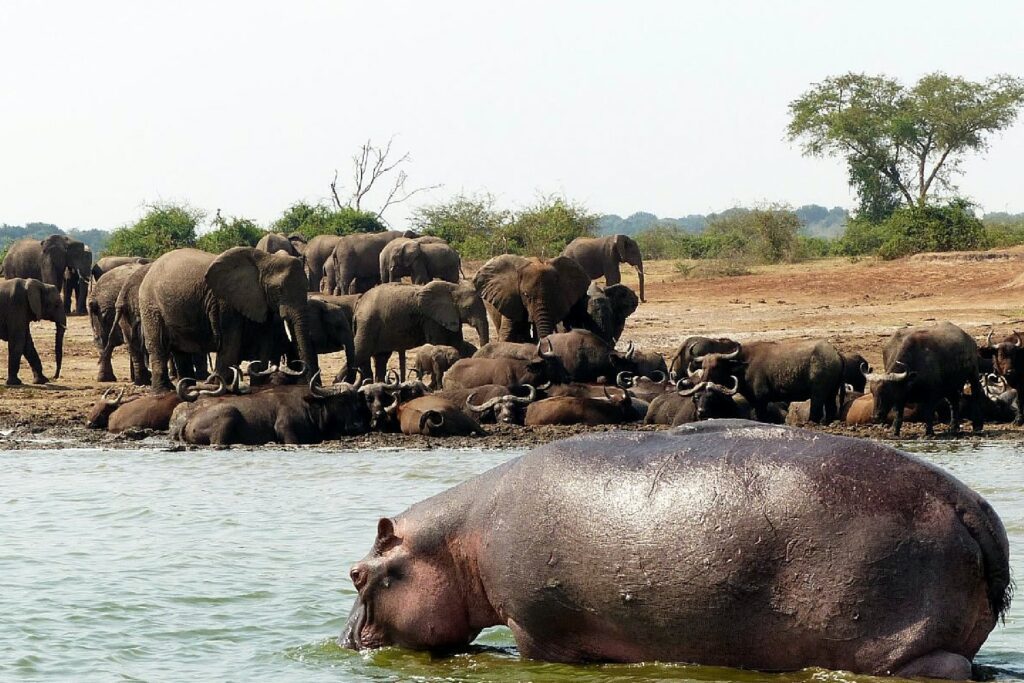 Launch/boat cruise
Launch/boat cruise 